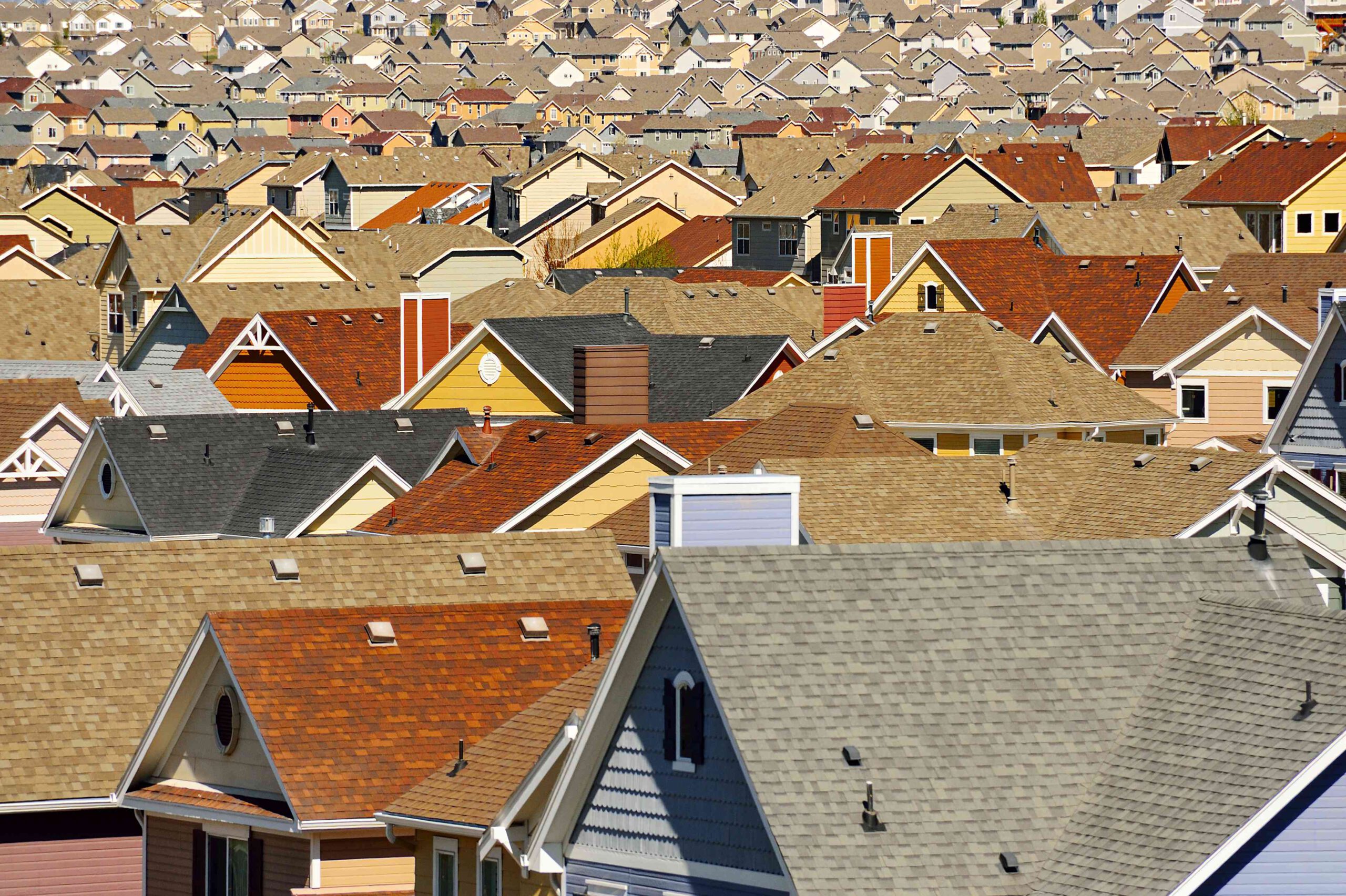What is Roof Pitch on Roofing Systems?
by siteadmin

The roof pitch can also affect the material you use for your roof. It determines how steeply a roof slopes and can impact water run-off.
A roof pitch is normally shown by two numbers, with a slash/colon between them. An example would be 2/12 or even 7/12. You can use a smartphone app or a digital level to determine the pitch.
Pitch is a roof's incline
Roof pitch is a measure of how steeply a roofing slopes or what angle it forms with the horizontal. It is calculated as the difference between the roof span and the roof rise. Flat roofs have a slight pitch to help runoff water.
Roof pitch affects how well rain, snow and ice can drain from a roof. It also changes the materials which are suitable for a certain type of roofing. For planning new additions, installing a skylight, or cutting out new rafter, knowing your roof's angle is vital. You can use it to estimate waste and order the appropriate amount of materials. The pitch of your rooftop can be easily determined from the attic. All you need is a tape-measure, an 18" or 24" level, and pencil. You can also use this calculator to find out the pitch of your roofing.
Pitch is an ratio
Roof pitch, or slope, is the ratio of roof's horizontal to vertical run. This ratio will be expressed using a fraction where the numerator is the height of the roofing and the denominator is the horizontal length. For example, the roof pitch for a roof that has a rise of four foot and span of twelve foot is 4/12.
In most cases, the roof pitch will have a slash in between the numbers. This can look like 2/12 or even 7/12. Roof pitch is very important as it impacts how water or snow will drain off of a house. This can affect the types of roofing that are available. When calculating the roof pitch it is better to use the calculator than to guess. There are many mobile tools and apps that can help simplify this process.
Pitch, a fraction
A roof’s pitch (also known as slope, incline or rise) is the relationship between its rise and its span. It's expressed in fractions and is commonly referred to as X/Y by professionals. For example, the pitch of a roof is 6/12. This means that every 12 feet it rises by 6 inches.
It's crucial to understand the importance of roof pitches in building design. It's important for determining whether a roofing product will work and to estimate the amount needed.
Most roof materials will have a recommended pitch range. Do not use these roof materials on a roof with an excessively steep or low pitch. Asphalt composites shingles will work on roofs that are up to 12/12. But wood or slate shingles won't. They're more susceptible to leaks and do no lock together as tightly.
Pitch as a percentage
Roofs can vary in slope, from flat and gentle to steep. The slope is important, and some roofs can even be designed to slant both ways. The type of materials used and the method of installation are determined by this. It affects your roof's longevity and drainage rate.
The roof pitch is defined as the number (or inches) of inches that the roof rises per every 12 inches of horizontal length. It can also be expressed as either a ratio (for example, 6/12 pitch) or a fraction using a slash.
Most residential houses have a roofing pitch between 4/12 – 9/12. Asphalt shingles should be used on roofs that fall within this pitch range. Other types do not fit low-pitched roofs. If you plan to build a home custom or wish to replace your existing roof, it is best to consult an architect regarding the correct roof pitch.
https://www.flatroofscompany.com
The roof pitch can also affect the material you use for your roof. It determines how steeply a roof slopes and can impact water run-off. A roof pitch is normally shown by two numbers, with a slash/colon between them. An example would be 2/12 or even 7/12. You can use a smartphone app or a…
Recent Posts
- Scranton Plumbers: Your Trusted Plumbing Experts in Scranton, PA
- Scranton Plumbers: Your Trusted Plumbing Experts in Scranton, PA
- Attorney Big Al Emerges as the Premier Dundalk Car Accident Lawyer
- Lawn Care Spring Branch Advocates for Property Care: Combatting Weed Growth and Preserving Curb Appeal
- Expert Cleaners Lexington: Delivering Excellence in Cleaning Services
